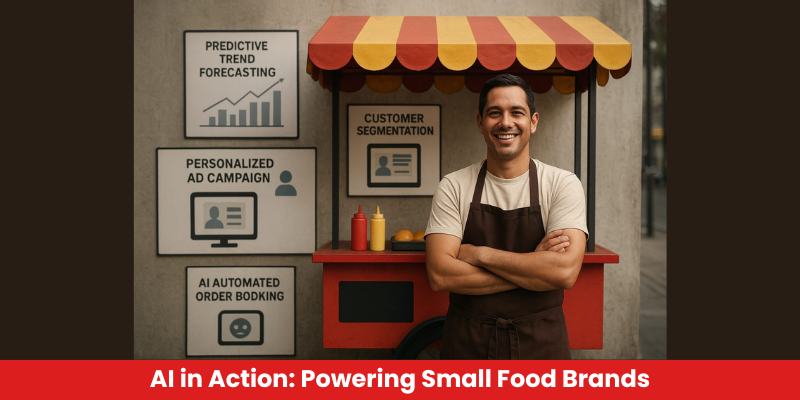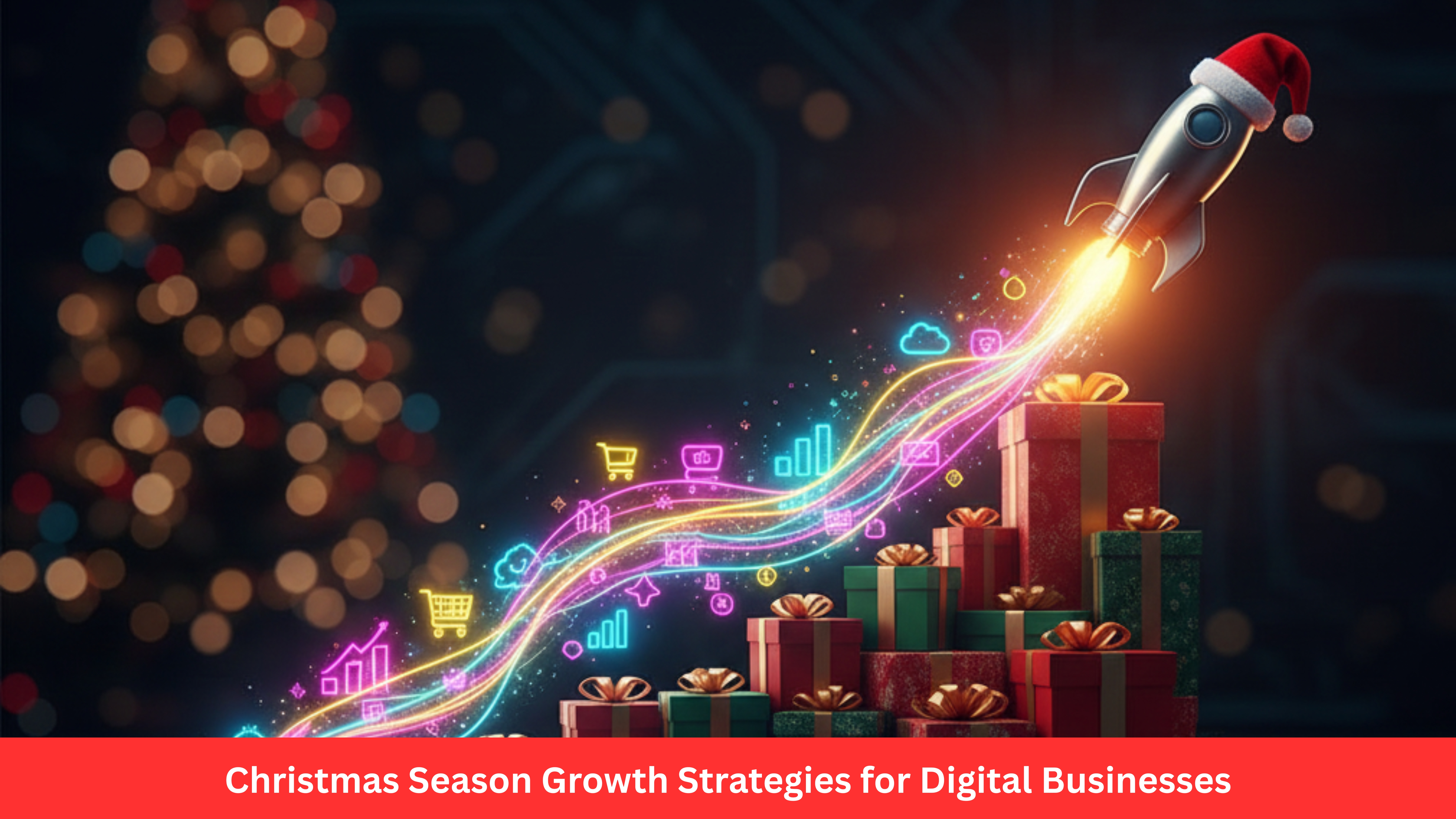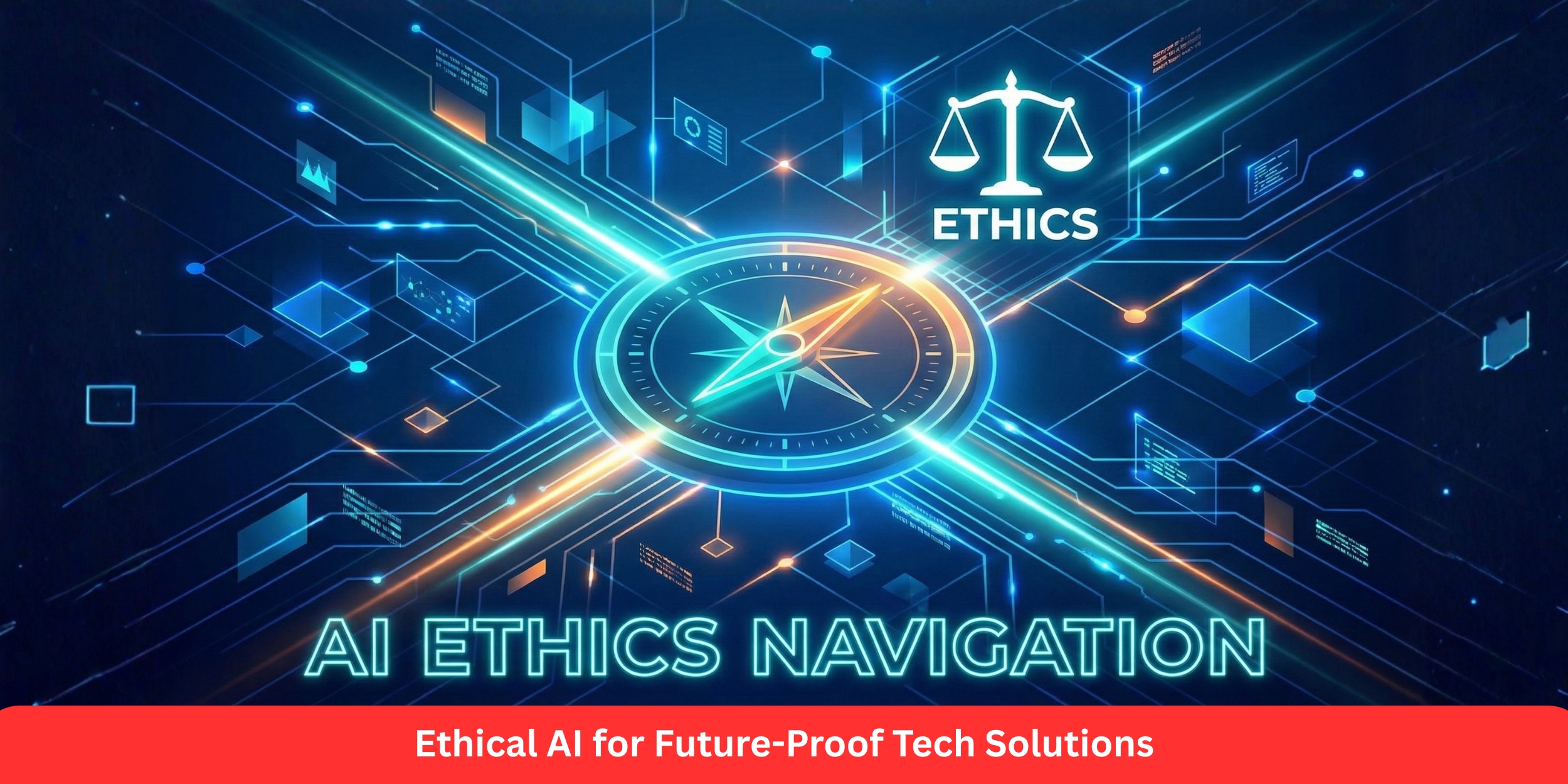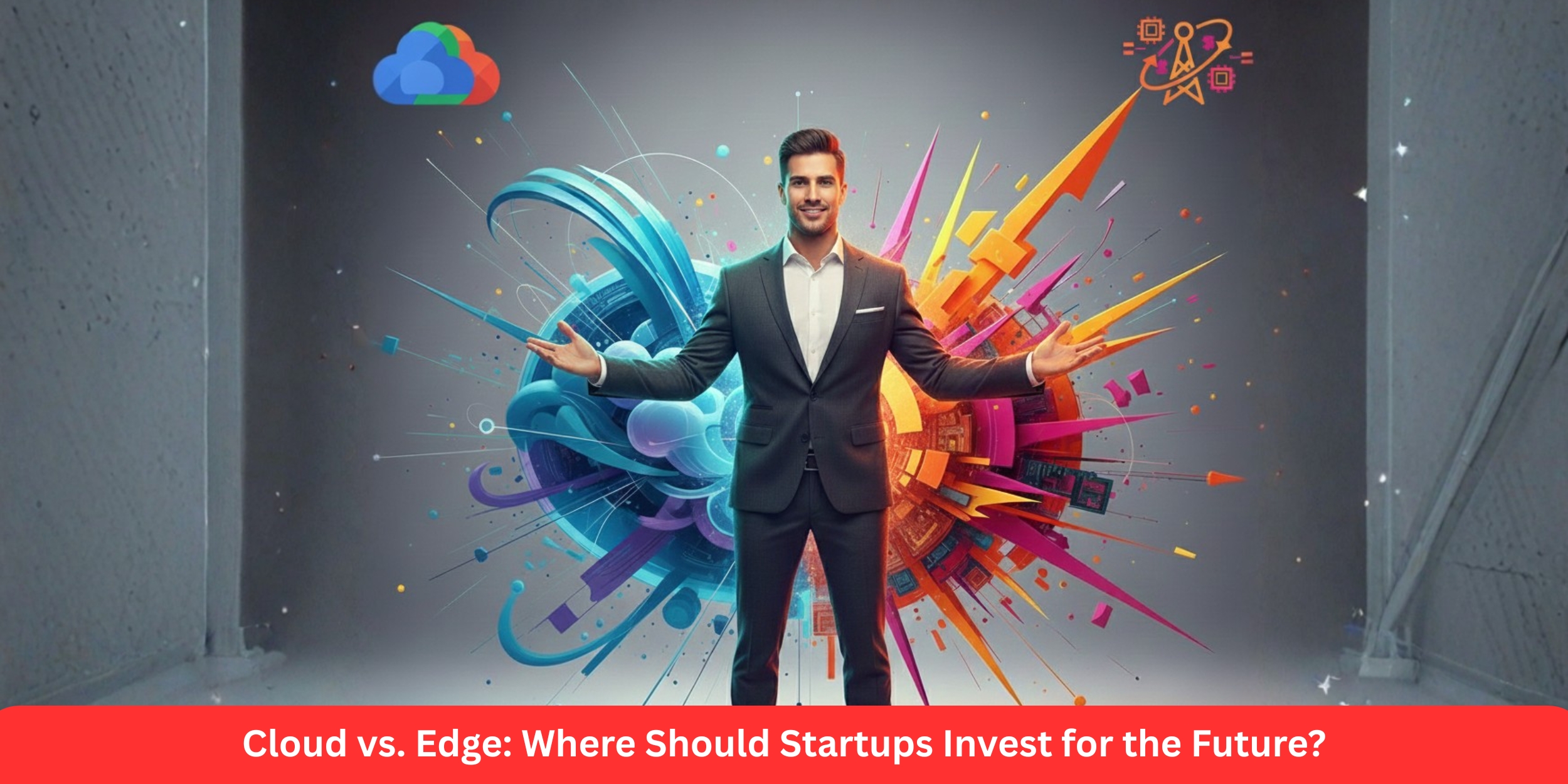
AI in Action: Powering Small Food Brands Forward
Introduction
In 2025, the food industry is more competitive than ever, especially for small and emerging brands trying to carve out their space in a market dominated by global players. Customer expectations have evolved dramatically, they demand healthier options, sustainable sourcing, personalized experiences, and lightning-fast service. For a small food business, balancing quality, creativity, and profitability while meeting these demands can feel like juggling hot pans in a storm.
This is where AI in the food industry steps in, not as a luxury for tech giants, but as a vital, accessible growth engine for small food brands. Artificial intelligence is no longer an experimental tool; it’s a mainstream business asset driving marketing strategies, refining product development, optimizing supply chains, and revolutionizing customer engagement.
The truth is simple: if a small food brand isn’t leveraging AI technology in 2025, it’s already a step behind. From AI-powered recipe development to predictive demand forecasting, from personalized advertising to intelligent chatbots, the opportunities for growth are limitless.
This blog will explore exactly how AI for small food brands works in practice not as a theoretical concept but as a tangible set of tools that increase efficiency, reduce waste, and unlock market potential. You’ll see how artificial intelligence is changing the food business landscape, one data-driven decision at a time.
1. The Current Landscape for Small Food Brands
The small food brand market is booming, but so are its challenges.
Rising Competition
The barrier to entry in the food business has lowered thanks to online marketplaces, direct-to-consumer models, and social media exposure. However, this means competition is fierce. Consumers have endless options, making brand loyalty harder to secure.
Supply Chain Volatility
From unpredictable ingredient costs to delivery delays, supply chain management remains a constant headache. Small brands, often without the cushion of large-scale contracts, feel the pinch more acutely.
Changing Consumer Preferences
Modern consumers prioritize sustainability, transparency, and personalization. They want to know where ingredients come from, how products are made, and whether they align with their lifestyle choices (organic, vegan, gluten-free, keto-friendly, etc.).
Budget Constraints
Unlike big corporations, small brands can’t always afford massive R&D or extensive marketing campaigns. Every dollar must count, making efficiency a survival factor.
The combination of these pressures is pushing many small food businesses to seek technology-driven solutions that deliver maximum impact with minimal waste and that’s exactly where food industry AI solutions fit in.
2. Understanding AI in the Food Industry
Artificial intelligence isn’t about robots cooking your dinner (well, not yet). In the food industry, AI refers to software and algorithms that can process massive amounts of data, identify patterns, predict outcomes, and automate decisions all faster and more accurately than humans.
Core AI Technologies Used in Small Food Businesses:
Machine Learning (ML): Allows systems to improve automatically from experience for example, predicting which products will sell best next month.
Natural Language Processing (NLP): Powers chatbots, sentiment analysis, and customer review mining.
Computer Vision: Used in quality control to spot defects or inconsistencies in packaging and production.
Predictive Analytics: Helps forecast demand, manage inventory, and optimize pricing.
Global Adoption Trends
While AI started as a high-budget innovation, cloud-based solutions and SaaS models have made AI for small food brands affordable. Platforms like ChatGPT for content creation, Google AI for marketing insights, and specialized food industry AI tools are democratizing access, making them viable even for brands with fewer than 10 employees.
3. AI in Marketing & Branding for Small Food Businesses
Marketing is often the lifeline of a small food brand. If the story isn’t reaching the right audience, the product risks getting lost in the noise. Here’s how AI in food marketing changes the game.
Customer Segmentation
AI can break down your customer base into highly targeted segments not just by age or gender, but by purchase history, flavor preferences, dietary restrictions, and even emotional triggers.
Personalized Ad Campaigns
Gone are the days of generic social media ads. AI enables personalized food marketing by serving tailored ads to individuals most likely to buy. For example, a vegan snack company can automatically target health-conscious young professionals in urban areas who engage with plant-based recipes online.
Predictive Trend Forecasting
Using AI-powered trend analysis tools, brands can spot emerging flavors or dietary trends before competitors. This could be the difference between launching a matcha protein bar during its peak buzz or missing the wave entirely.
Content Creation Assistance
AI tools can help write blog posts, generate Instagram captions, or produce product descriptions that align with SEO best practices. This allows small teams to maintain a professional online presence without hiring large content teams.
Case Example
A small organic juice brand used AI to analyze Instagram engagement data. The system found that posts highlighting health benefits performed 40% better than lifestyle shots. The brand pivoted its content strategy accordingly, resulting in a 23% sales increase in just 3 months.
4. AI in Product Development & Innovation
Innovation is the soul of the food industry. AI is now accelerating it at lightning speed.
AI-Driven Recipe Development
By analyzing customer feedback, sales data, and ingredient cost trends, AI can suggest recipe variations optimized for both taste and profit.
Nutritional Optimization
AI can instantly calculate the nutritional profile of new products, ensuring compliance with labeling laws and meeting consumer health demands.
Allergen & Dietary Compliance
AI tools can scan ingredient lists for allergens and dietary restrictions, helping small brands avoid costly mistakes.
Rapid Testing & Prototyping
Instead of months of manual testing, AI simulations can predict taste profiles and shelf life, cutting R&D timelines in half.
5. AI in Supply Chain Management
Efficient supply chains are the backbone of profitability in the food business. Here’s how AI-powered supply chain solutions for the food industry help small brands stay competitive:
Predictive Demand Forecasting
AI analyzes historical sales data, seasonal trends, and even weather patterns to predict future demand with remarkable accuracy.
Waste Reduction
AI can track expiration dates and inventory levels, helping businesses move products before they spoil, significantly reducing waste.
Smart Inventory Systems
Automated ordering systems can restock ingredients just in time, freeing up cash flow and storage space.
Cost Optimization
AI can identify the most cost-effective suppliers without compromising on quality, a critical advantage for brands on tight budgets.
6. AI for Customer Experience & Retention
At the end of the day, a loyal customer base is the most valuable asset a small food brand can have.
Chatbots & Virtual Assistants
AI-powered chatbots provide 24/7 customer service, answering FAQs, processing orders, and even upselling products.
Personalized Loyalty Programs
AI can tailor rewards to individual customers, offering discounts or freebies on products they actually want.
Review Analysis
Natural Language Processing tools can scan thousands of customer reviews to extract common themes, helping brands improve products and service quickly.
7. Real-World Examples & Case Studies
Bakery Startup Using AI: A home-based bakery integrated AI to predict daily bread demand, reducing waste by 30% and increasing profit margins.
Vegan Snack Brand: Used AI-powered social listening to detect rising demand for mushroom-based snacks, launching a new line that sold out in weeks.
Local Coffee Roaster: Implemented AI-driven inventory tracking, cutting stock shortages by 50%.
8. Overcoming Barriers to AI Adoption
Cost Concerns
Affordable AI solutions are available via subscription models, meaning small brands can start with minimal investment.
Skills Gap
AI platforms now offer no-code interfaces, so deep technical expertise isn’t required.
Data Privacy
Choosing ethical AI providers and being transparent with customers about data use can build trust.
Conclusion & Future Outlook
AI is no longer a futuristic concept for the food industry, it’s a present-day necessity. For small food brands, embracing AI technology means unlocking new possibilities in marketing, product development, supply chain efficiency, and customer engagement.
The future will belong to brands that start integrating AI now, no matter how small their initial steps. The message is clear: start small, but start now.AI in Action: Powering Small Food Brands Forward.





